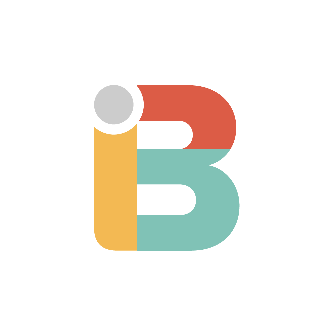Service Punchcards
A fast and inexpensive way to smooth out speed bumps and navigate road blocks.
Highlights
Gain hourly access to our team of experts, ready to guide you in planning, building, and maintaining your digital workspace. Service Punchcards are purchased in eight-hour increments, and time can be consumed in as little as 15 minute increments. Service Punchcard purchases include access to a customer portal where work requests will be created and tracked. Punchcard balance is visible in the customer portal and is updated weekly.
Per Punchcard: $2,000Punchcard time can be used towards support with:
- Graphic Design
- Information Design
- Content Development & Buildout
- Proof of Concept
- Training
- Customization
- Configuration
- Migration & Upgrades
- Technical Research
- Requirements Analysis
The Fine Print
GROUND RULES
Service Punchcards will be supported with your private portal (Confluence spaces) on our servers, which includes up to three user accounts. Your portal will be maintained for one year after completion of last service package or punchcard. User accounts inactive for six months will be automatically disabled (simply contact us to reactivate).
Any time required to gain access to your systems - including account setup, virtual private network access, and other on-boarding - will be logged against your Service Punchcards.
USING PUNCHCARD TIME
Making efficient use of your Punchcard time is important to us. There is a natural trade-off between response times and quantity of work we can do in one punchcard.
SUPPORT VS. PUNCHCARD
Commercial and academic product license holders are entitled to product support without a punchcard. Yet many organizations also purchase punchcards to get extra help. If you're in this situation, how do you know when your query is product support, and when it is charged to your punchcard?
EXTRAS
Licenses for software products are not included.


